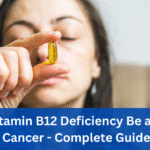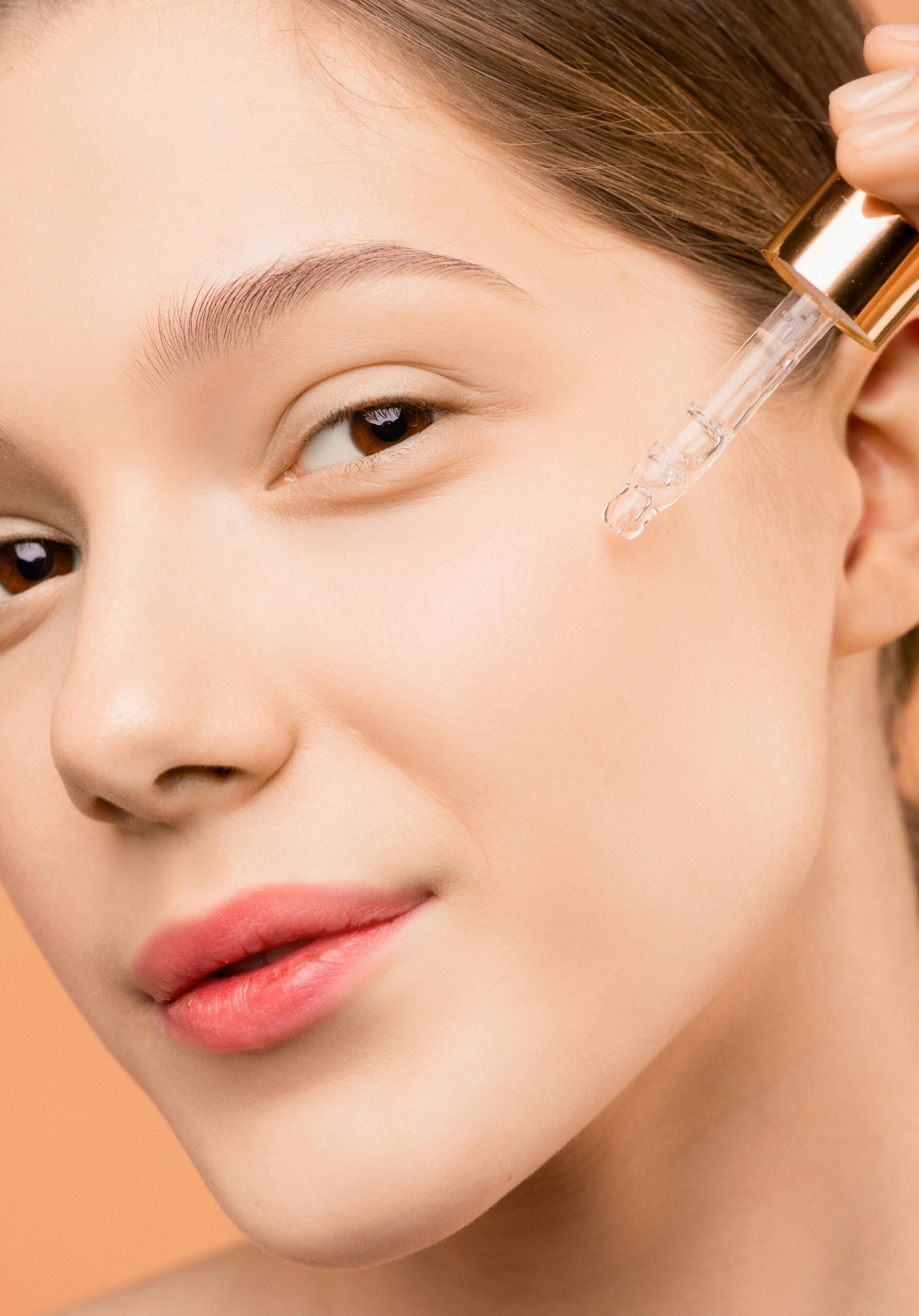I. Introduction
Natural oils have gained immense popularity in skincare routines for their nourishing and gentle effects on the skin. Vanilla Oil and Its Benefits for Skin stands out among the many botanical oils used today, not only for its calming scent but also for its remarkable skincare properties. Originating from the vanilla bean, this oil has found its way from kitchens to cosmetic cabinets worldwide.
Giving your skin a natural remedy that promotes hydration, radiance, and healing is the goal of using vanilla oil in your skincare routine—it’s not just about treating your senses. Vanilla oil is a great option for people looking for cleaner skincare options because it is a natural moisturizer that provides softness and hydration without the use of harsh chemicals.
II. What is Vanilla Oil?
Vanilla oil is typically extracted from vanilla beans, either through CO2 extraction or infusion with a carrier oil. It’s important to distinguish between the culinary vanilla extract vs vanilla essential oil for skin use. While vanilla extract is safe for food preparation, only the essential oil is suitable for topical application in skincare.
If you’re wondering how to use vanilla oil on face, always dilute it with a carrier oil like coconut or jojoba oil. Apply gently to the skin and avoid sensitive areas like the eyes. Use a few drops for targeted areas or blend into a daily moisturizer for full-face application.
III. Key Nutrients and Compounds in Vanilla Oil
Vanilla oil is packed with antioxidants, most notably vanillin, a compound that gives vanilla its signature scent and healing properties. It also contains a mix of B-vitamins and essential minerals that play a vital role in skin regeneration.
The antioxidant benefits of vanilla help fight free radical damage, which is one of the leading causes of premature aging and dull skin. These antioxidants, combined with the skin healing properties of vanilla, work to support repair, reduce inflammation, and boost skin resilience over time.
IV. Top Benefits of Vanilla Oil for Skin
1. Moisturizes and Hydrates
Vanilla oil is highly effective in maintaining skin hydration. When used regularly, it locks in moisture and prevents dryness. Those struggling with flaky or dehydrated skin will benefit from its emollient texture, which soothes and softens the surface.
Best use case: Apply diluted vanilla oil for dry skin relief after showering to seal in moisture.
2. Anti-Aging Effects
Age-related skin issues such as wrinkles, fine lines, and loss of elasticity can be improved by incorporating vanilla oil into your routine. The anti-aging properties of vanilla oil help support collagen production and delay signs of aging, making skin appear firmer and more youthful.
3. Treats Acne and Blemishes
Vanillin and other compounds in vanilla oil have natural antibacterial and anti-inflammatory properties, making it an excellent choice for acne-prone skin. Using vanilla essential oil for acne can help reduce breakouts and prevent future flare-ups by keeping bacteria in check.
Moreover, if you’re dealing with scars or dark spots, applying vanilla oil for blemish reduction may gradually improve pigmentation and promote even skin tone.
4. Soothes Irritated Skin
Red, itchy, or inflamed skin can benefit from vanilla oil’s natural calming agents. The soothing effects of vanilla oil help reduce redness, itchiness, and discomfort. Additionally, it can act as a mild barrier against environmental stressors.
For those with inflammatory skin issues, vanilla oil for skin inflammation may provide gentle, non-irritating relief and protection when used regularly.
5. Promotes Glowing Complexion
If your skin looks tired or dull, vanilla oil can revitalize its appearance. With regular use, vanilla oil for glowing skin enhances radiance, improves skin texture, and helps maintain a healthy-looking complexion naturally.
V. How to Use Vanilla Oil for Skin
Vanilla oil should never be used undiluted. For safe and effective application, blend it with a carrier oil. A popular and beneficial combination is vanilla oil and coconut oil blend, which creates a rich, hydrating mix ideal for body and face use.
For full-face use, apply a few drops to your moisturizer or night cream. For spot treatment, dab the oil gently onto affected areas. Refer to proper guides and consult dermatologists if you’re trying something new, especially if you have sensitive skin. Revisit earlier guidance on how to use vanilla oil on face for best practices.
VI. DIY Skincare Recipes with Vanilla Oil
● Vanilla Oil Face Mask
A homemade vanilla oil face mask can be made by mixing a teaspoon of honey, a few drops of vanilla oil, and a tablespoon of plain yogurt. Apply to the face, leave on for 15 minutes, and rinse with warm water. It hydrates and rejuvenates tired skin.
● Body Lotion
Create your own moisturizer by combining shea butter, almond oil, and a few drops of vanilla oil. This blend makes a luxurious lotion that’s deeply hydrating and naturally aromatic.
● Bath Soak
Add a few drops of vanilla oil to a warm bath, optionally mixing with Epsom salts and lavender. This relaxing soak doubles as a skin softener and aromatic therapy.
These are just a few examples of DIY skincare with vanilla oil that you can enjoy at home.
VII. Precautions and Safety Tips
Although vanilla oil is generally safe, individuals with delicate skin types should always conduct a patch test. If you have sensitivities, choose products labeled safe for vanilla oil for sensitive skin.
It’s also essential to determine whether the oil you’re using is therapeutic-grade. Using the wrong kind of oil could worsen skin issues. If you’re wondering, is vanilla oil good for eczema?—the answer depends on the severity and cause of the condition. Some people with mild eczema report soothing results, but always consult a dermatologist before incorporating new products.
VIII. Final Thoughts
Vanilla oil brings much more than a pleasant aroma to your skincare shelf. Its range of benefits—from hydration and anti-aging to healing and brightening—makes it a powerful yet gentle skincare ally. Whether used in serums, masks, or moisturizers, this oil can deliver noticeable improvements in skin texture and tone.
What also makes it unique is that it doubles as a vanilla oil as natural fragrance for skin, giving you a sweet, comforting scent without synthetic perfumes. Incorporate it mindfully and enjoy both the skin and sensory benefits it offers.
IX. FAQs
1. Can vanilla oil be applied directly to the skin?
No, always dilute vanilla oil with a carrier oil before applying to the skin to avoid irritation.
2. Is vanilla essential oil safe for sensitive skin types?
Yes, but patch testing is advised. Use minimal amounts and consult a dermatologist if unsure.
3. How often should I use vanilla oil for skin care?
Two to three times a week is usually sufficient for most people, depending on your skin’s needs.
4. What are the side effects of using vanilla oil on the face?
Potential side effects include irritation or allergic reactions if used undiluted or on broken skin.
5. Can I mix vanilla oil with other essential oils?
Yes, it blends well with oils like lavender, rose, and chamomile for added benefits.





